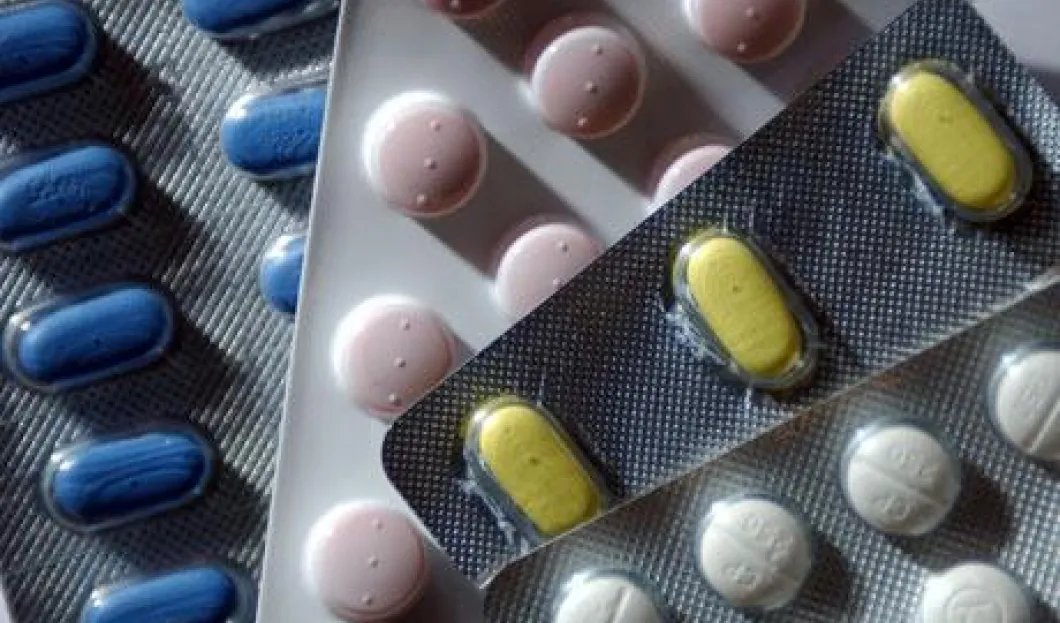
A new superbug has surfaced in India, Pakistan and the UK, leading to an argument mainly between the British and the Indians about the origin of DM-1 (New Delhi metallo-beta-lactamase 1). The worst possible impact on tourism is that it could lead to devastation in the field of medical tourism.
The superbug has been labeled DM-1, which has invoked the fury of Indian doctors and citizens as it implies that the origin of this new medical horror is Delhi, India. Indian doctors claim that, despite Delhi’s reputation of being a breeding ground for horrible stomach bugs and the infamous “Delhi belly”, the Indian capital is not responsible for the new superbug.
Many say that British medical tourists brought it over to India and Pakistan whilst indulging in Asian medical tourism. Whoever you choose to believe, two facts are unavoidable: the bug is particularly nasty because it is believed it can develop a resistance to all known types of antibiotics. The effect of such news on medical tourism may be devastating.
Thousands of tourists arrive to India and Pakistan every year to undergo elective surgery and other types of operations, for which they would have to wait much longer and pay a much higher sum of money in the UK. Many of these tourists have relatives in India and Pakistan so the trip is not seen as a venture into the unknown. However, these tourists are unlikely to take such risks when they learn that DM-1 brushes almost all regular antibiotics aside and can lead to multiple organ failure. The longer the arguments about the origin of the bug continue, the less people are likely to come to Asia for treatment. The media coverage of the effects of DM-1 is certain to put people off traveling, maybe even to the UK.
















